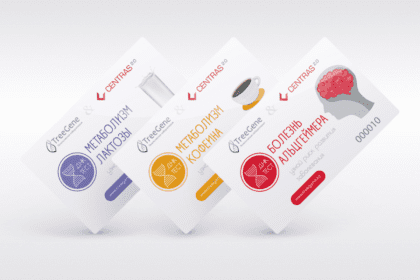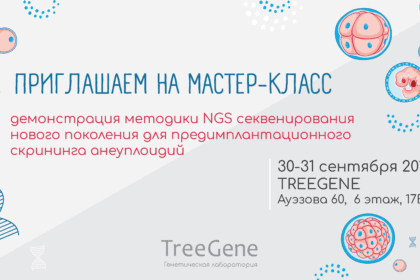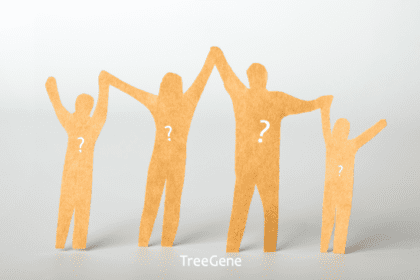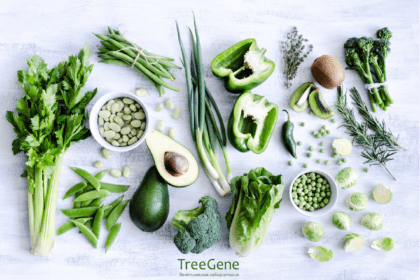Viruses are constantly mutating, and coronavirus is no exception.
As the world continues to fight the coronavirus, the emergence of new variants of SARS-CoV-2, such as the "British," "South African," and "Brazilian" strains, has raised great concern about the changing properties of the pathogen related to its infectivity, transmissibility, disease severity, and resistance to diagnosis, therapy, and treatment.
There was a lot of information in the national media about finding new "imported" mutations, as well as, supposedly, strains with some local peculiarities. However, this is not entirely true.
So what did we find?
A branch of the Scientific and Practical Center for Sanitary and Epidemiological Expertise and Monitoring of the Ministry of Health of the Republic of Kazakhstan, the International Center for Vaccinology of KazNAIU B and the Trigen Laboratory provided samples of two patients from Almaty, aged 14 and 16 months, for confirmation of S-gene mutations detected by PCR. Yes, such panels already exist, but it is sequencing that allows the results to be confirmed.
First sample of the virus - amino acid substitutions 501Y, 570D, 614G, 681H, 716I, 982A, 1118H, and amino acid deletions H69, V70, Y144 were found, which are completely characteristic of the "British strain" B.1.1.7 (posted on GISAID 03/25/2021).
Second virus sample - amino acid substitutions 80A, 215G, 242H, 417N, 484K, 501Y, 614G, 701V, 1078S, amino acid deletions A243, L244, H245 were found, which are fully characteristic of "South African strain" B.1.351. (posted on GISAID 03/25/2021).
If we look at the Center for Disease Control and Prevention's (CDC) summary - dated January 28, 2021, what we see.
British strain (variant B.1.1.7)
1. has a mutation in the receptor binding domain (RBD) of the spike protein at position 501, where the amino acid asparagine (N) is replaced by tyrosine (Y). The abbreviation for this mutation is N501Y (on it separately).
2. This variant is assumed to have first appeared in the UK in September 2020.
3. has a 69/70 deletion, which leads to conformational changes in the spike protein.
4. has a P681H mutation - next to the S1/S2 furin cleavage site, a site with high variability in coronaviruses.
5. this option is associated with more effective and faster transmission of the virus.
6. In January 2021, scientists from the United Kingdom presented evidence showing that variant B.1.1.7 may be associated with an increased risk of death compared to other variants.
South African strain (variant B.1.351)
1. has several mutations in the spike protein, including K417N, E484K, and N501Y (for it separately). Unlike variant B.1.1.7, this variant does not contain a deletion at position 69/70.
2. First detected in Nelson Mandela Bay, South Africa, in specimens dating to early October 2020.
3. There is currently no evidence that this variant affects the severity of the disease in any way.
4. There is some evidence that one of the spike protein mutations, E484K, may affect neutralization by some polyclonal and monoclonal antibodies, which may affect vaccine efficacy.
What else is of concern?
As you noticed, both coronavirus strains have the N501Y mutation in the S gene, which is associated with a significantly increased transmissibility of the virus, which could lead to an additional burden on the country's healthcare system, which apparently is now happening not only in Kazakhstan, but around the world. According to the literature, this mutation persists in new variants of the virus that are currently emerging, which requires further comprehensive molecular epidemiological monitoring.
Conclusions: Why is strain surveillance important for public health?
1. Viruses usually acquire mutations over time, resulting in new variants with altered properties - infectivity, transmissibility, severity of disease, and resistance to means of diagnosis, therapy, and treatment.
2. Some of the possible consequences of the options that arise are as follows:
-
-
-
- The ability to spread faster among humans. There is already evidence that the D614G mutation (which, incidentally, is present in both strains), gives an increased ability to spread more rapidly than wild-type SARS-CoV-2.
- The ability to cause milder or more severe disease in people. In January 2021, experts in the United Kingdom reported that variant B.1.1.7 may be associated with an increased risk of death compared to other variants.
- Possibility of avoiding detection with special diagnostic tests for viruses, such as PCR, which targets specific regions of the virus genome.
- Reduced susceptibility to therapeutic agents such as monoclonal antibodies, for example.
- Ability to avoid natural or vaccine-induced immunity.
-
-
Take care!
Vyacheslav Belousov
Director of TreeGene Labs








